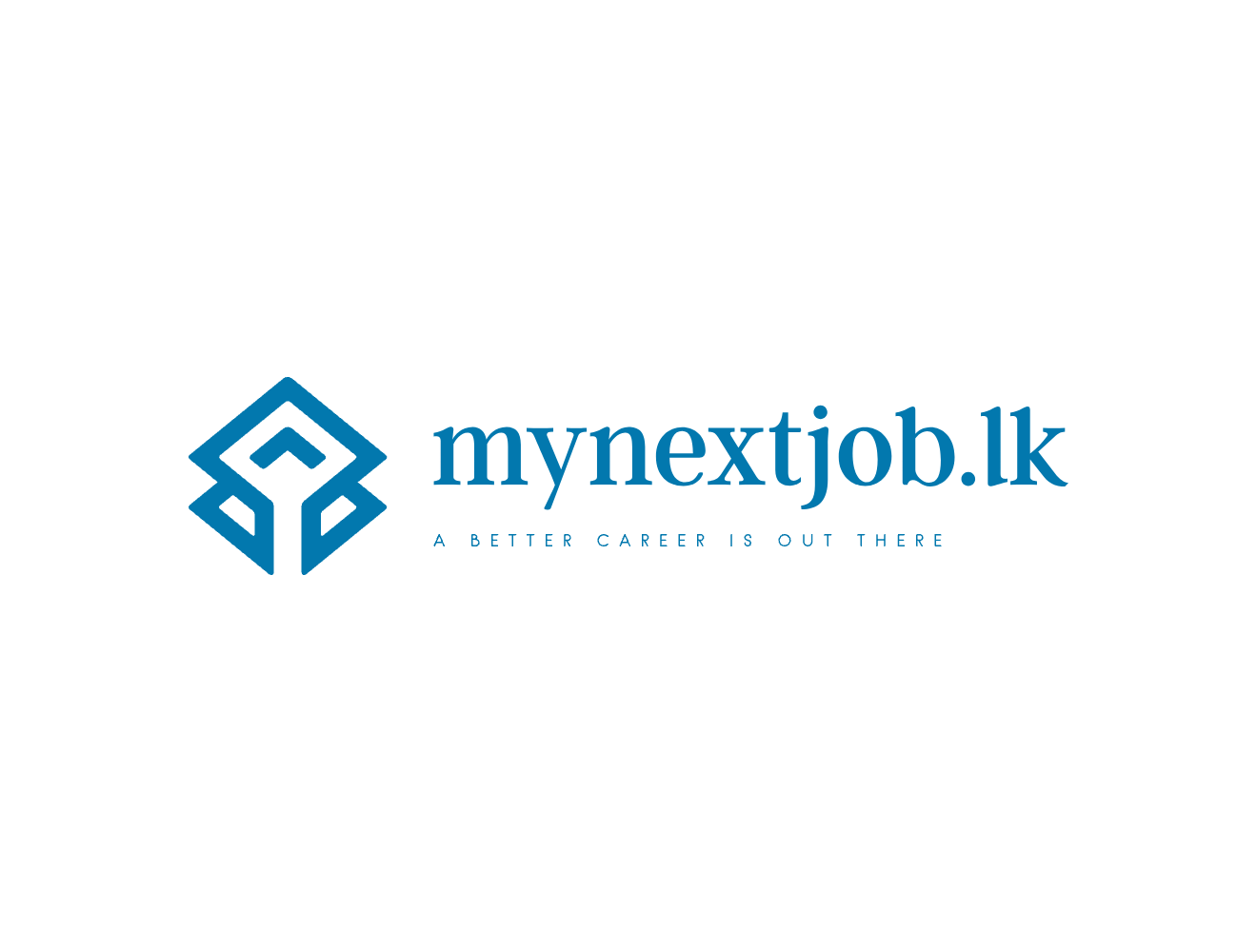Understanding the Importance of Employee Onboarding
Employee onboarding is a pivotal process that significantly impacts both the organization and its new hires. Proper onboarding is essential as it lays the foundation for a successful employment relationship, fostering an environment where new employees can thrive and contribute effectively. One of the primary benefits of a well-designed onboarding process is the improvement in employee retention. According to a report by the Society for Human Resource Management (SHRM), organizations with a structured onboarding program experience 50% greater new hire retention. This statistic highlights the direct correlation between effective onboarding and employee loyalty.
In addition to retention, employee onboarding enhances job satisfaction. When new hires are well-integrated into the company culture and understand their roles and responsibilities, they are more likely to feel valued and engaged. This, in turn, leads to higher levels of job satisfaction. A Gallup study found that employees who strongly agree they have a clear understanding of their role and responsibilities are 23% more likely to stay with the organization.
Furthermore, effective onboarding boosts productivity. New employees who undergo comprehensive onboarding are equipped with the necessary knowledge, tools, and resources to perform their duties efficiently. Research by the Aberdeen Group indicates that employees who participated in a structured onboarding program were 69% more likely to remain with the company after three years, demonstrating long-term productivity gains.
Conversely, poor onboarding practices can have detrimental effects. High turnover rates are a significant consequence, often resulting from inadequate initial training and support. The Work Institute’s 2020 Retention Report reveals that one in three new hires leave their jobs within the first six months due to poor onboarding experiences. Additionally, low employee morale can stem from a lack of clarity and support, leading to decreased motivation and productivity.
In conclusion, understanding the importance of employee onboarding is crucial for any organization aiming to cultivate a motivated, loyal, and productive workforce. By investing in a robust onboarding process, companies can ensure a smoother transition for new hires, ultimately contributing to the overall success and stability of the organization.
Key Components of a Successful Onboarding Program
Designing an effective employee onboarding process hinges on several critical components that collectively ensure new hires are well-integrated into the organization. One of the initial steps is pre-boarding activities, which occur before the employee’s first day. Examples of pre-boarding activities include sending welcome emails, sharing company handbooks, and providing access to necessary software and systems. These actions help new hires feel prepared and valued from the outset.
Orientation sessions are another fundamental element. These sessions should offer a comprehensive overview of the company’s mission, values, and organizational structure. Additionally, providing a tour of the workplace, introducing key team members, and explaining job-specific responsibilities can facilitate a smoother transition. Orientation is also an opportune time to address administrative tasks such as completing paperwork and setting up payroll.
Training programs are indispensable for equipping new employees with the skills and knowledge required to perform their roles effectively. These programs can be structured as a combination of online courses, hands-on training, and workshops. For instance, a sales team member might benefit from product training and customer service workshops. Effective training programs should be tailored to the specific needs of the role and include regular assessments to track progress.
Mentorship opportunities can significantly enhance the onboarding experience by providing new hires with a seasoned point of contact within the company. Mentors can offer guidance, answer questions, and help new employees navigate the corporate culture. A successful mentorship program should pair new hires with mentors who have relevant experience and a genuine interest in supporting their growth.
Integration into the company culture is essential for fostering a sense of belonging. This can be achieved through team-building activities, social events, and regular check-ins with managers. Encouraging new hires to participate in company-wide initiatives and projects can also promote a sense of inclusion.
A structured timeline and clear communication are crucial throughout the onboarding process. Establishing a timeline for each phase of onboarding, from pre-boarding to full integration, helps manage expectations and ensures that all necessary steps are completed in a timely manner. Regular communication between new hires, managers, and HR personnel can address any concerns promptly and provide ongoing support.
Leveraging Technology in the Onboarding Process
In today’s fast-paced business environment, leveraging technology in the onboarding process is not just a trend but a necessity. Utilizing various tools and platforms can significantly streamline and enhance the onboarding experience. Onboarding software, learning management systems (LMS), and communication tools like Slack or Microsoft Teams play pivotal roles in this transformation.
Onboarding software can automate the cumbersome task of paperwork, ensuring that all necessary documents are completed promptly and accurately. This automation reduces administrative overhead, allows HR professionals to focus on more strategic tasks, and provides new hires with a seamless introduction to the company. For instance, platforms like BambooHR and Workday offer comprehensive solutions that handle everything from electronic signatures to compliance tracking.
Learning Management Systems (LMS) are another critical component in modern onboarding processes. They facilitate the delivery of training materials, courses, and assessments, ensuring that new employees have access to the information they need to succeed. An effective LMS, such as TalentLMS or Docebo, offers a structured and consistent training experience, making it easier for employees to assimilate into their roles, regardless of their location.
Communication tools like Slack or Microsoft Teams enhance the onboarding experience by fostering collaboration and connectivity. These platforms enable new hires to communicate with team members, ask questions, and participate in group activities, creating a sense of belonging from day one. They also support remote onboarding, which is increasingly important in today’s hybrid work environments. For example, companies like Zapier and GitLab, which operate fully remotely, have successfully integrated these tools to ensure their new employees feel connected and supported.
By leveraging these technologies, companies can ensure a consistent and efficient onboarding process that meets the needs of all employees, whether they are in the office or working remotely. This approach not only improves the overall onboarding experience but also contributes to higher employee satisfaction and retention rates.
Measuring the Success of Your Onboarding Program
Evaluating the effectiveness of your onboarding program is essential to ensure that it meets its objectives and contributes positively to organizational goals. Key performance indicators (KPIs) serve as vital metrics in this evaluation process. Some of the most critical KPIs for assessing onboarding success include employee retention rates, time to productivity, and new hire satisfaction scores.
Employee retention rates provide insight into how well new hires are integrating into the company culture and their overall job satisfaction. High retention rates typically indicate that the onboarding process has been successful in engaging and assimilating new employees. Conversely, high turnover rates may suggest gaps or weaknesses in the program that need addressing.
Time to productivity is another crucial KPI that measures the duration it takes for new employees to reach full competency in their roles. A well-structured onboarding program should minimize this time, enabling new hires to contribute effectively and efficiently. By tracking this metric, organizations can identify areas within the onboarding process that may need streamlining or additional support.
New hire satisfaction scores are valuable for gauging the overall experience of the onboarding process from the perspective of the employees. Surveys and feedback forms can be utilized to collect this data, providing insights into what aspects of the program are working well and what may need improvement. Regularly conducting these surveys ensures that the onboarding process remains aligned with the evolving needs of the workforce.
Various methods can be employed to gather feedback on the onboarding program. Surveys and questionnaires are effective tools for collecting quantitative data, while interviews and focus groups offer qualitative insights. Performance reviews also play a crucial role in evaluating the long-term impact of onboarding on employee performance and development.
Using the collected data, organizations should continuously refine and enhance their onboarding processes. This iterative approach ensures that the program remains relevant and effective, adapting to changes in organizational goals and employee expectations. By consistently measuring and improving the onboarding experience, companies can foster a supportive environment that promotes employee success and organizational growth.







